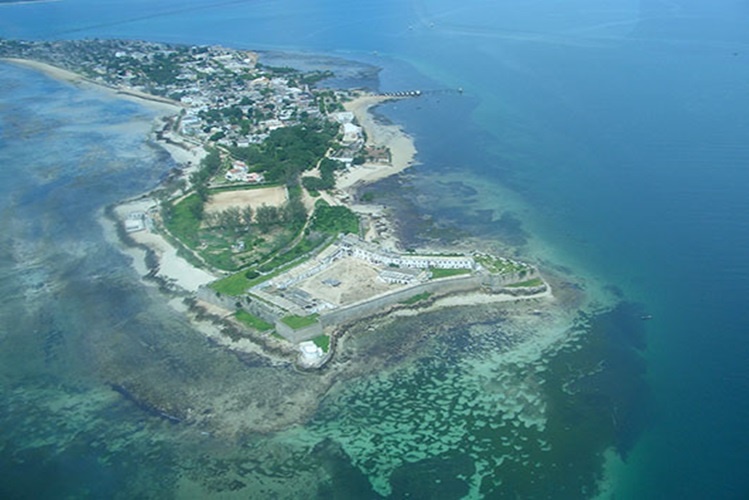The oldest chapel in the Indian Ocean was built by the Portuguese 500 years ago and will be renovated in 2023, with a project full of history and detail.
The renovation project drew on the mysticism and awe that the building provokes in visitors, explains the architect who designed the work. "During the days I was in the chapel, I saw visitors prostrating themselves, kneeling, praying, even some who weren't religious admired the magnificence of the place," architect Muahammad Cássimo told Lusa.
It was on a starry moonlit night that he thought that "with a discreet, yellow light", the chapel would gain an environment that would match the reactions of visitors, in an environment that would be accessible during night-time visits.
The lighting is planned and budgeted for and will be a reality. In addition, the chapel of Nossa Senhora do Baluarte boasts a number of rare features, capable of provoking astonishment.
It is the oldest masonry construction on the entire African coast of the Indian Ocean, the oldest European building standing today, resting on a coral bank, right on the edge of the sea (on one of the high tides of 2021, the waves covered it, says the guide) and was born even before the fortress on the island of Mozambique was built, which looks like a giant next to it.
The building withstood attacks by the Portuguese navy and cyclones, but now its base has been gutted by five centuries of tides and its skeleton corroded by saltpeter, impregnated by the wind.
The governments of Portugal and Mozambique and the construction company Mota Engil signed a memorandum of understanding in February for the rehabilitation, which is due to start in May.
"One of the biggest problems is the faults in the foundation", whose wall "has been decomposed", leaving the support threatened by "holes up to three meters" deep, through which the waves enter and remove the embankments, leaving the stones unsupported.
In the limit, if nothing was done, part of the chapel could collapse in the waves.
But the restoration of the base shows how the work will have several peculiarities: in that section it will only be possible to work at low tide and with extra care.
In addition, in the chapel, "there are architectural elements that we could even call archaeological" and for the recovery of which the presence of Mozambican and Portuguese specialists is required, as is the case of a walled tomb that has been vandalized.
"There are 12 tombs here, all of them of important people," explains Momade Raisse, the guide at the fortress of São Sebastião and the chapel of Nossa Senhora do Baluarte.
He points to a few and recites the descriptions with which he welcomes visitors: "a bishop buried in 1588", a "governor-general from the 19th century" and another tomb "that we can't make out because the writing disappeared a long time ago".
You can visit the chapel every day, from 8:30 a.m. to 4:30 p.m., but it's at weekends that visitors tend to come, he told Lusa.
Raisse doesn't know when there was last a Mass there, but the mysticism persists and there have been visitors who have left money on the altar stone as an offertory, even though the interior is equally bare, corroded and stained by damp.
The guide is careful where he puts his feet in the "narthex" area, that is, in a kind of wide porch whose roof collapsed a long time ago at the entrance to the chapel, in the same place where the remains of a pulpit and a wall, whose stone seems to have been brought from Portugal, remain. (Lusa Text)


Leave a Reply